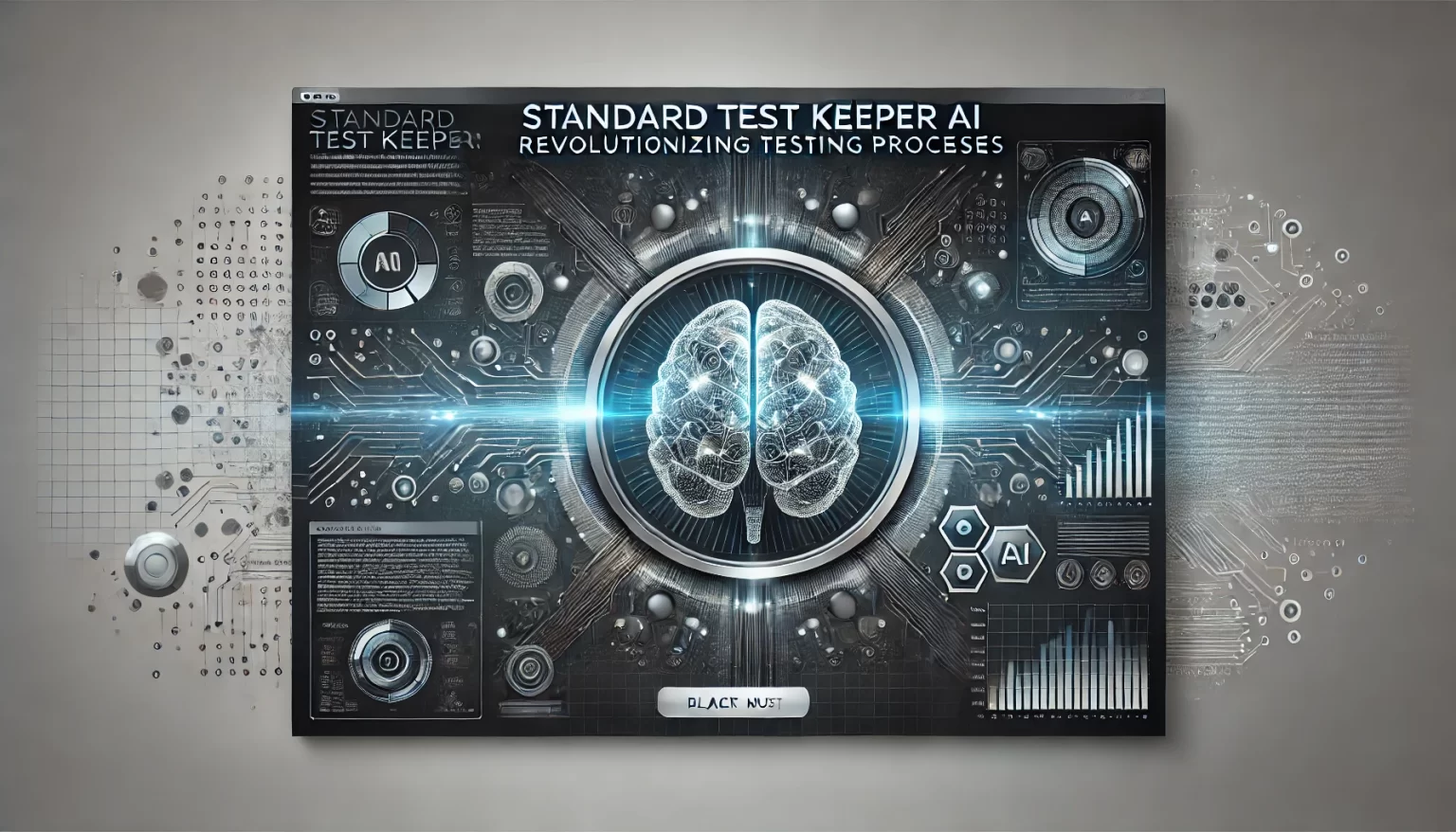Standard Test Keeper AI is an advanced tool designed to optimize and manage testing processes through automation and artificial intelligence. It simplifies test case management, execution, and reporting, making it indispensable for industries relying on accurate and efficient testing.
Role in Modern Testing
In today’s fast-paced tech world, manual testing fails to meet tight deadlines and maintain accuracy. Keeper AI leverages automation to reduce repetitive tasks, ensure consistency, and deliver precise results. This makes it invaluable in software development, hardware testing, and educational platforms.
Key Features of Standard Keeper AI

Test Automation
Imagine having a tool that can automatically run hundreds of tests while you focus on innovation. This AI ensures repetitive tasks like regression testing or functional testing are executed flawlessly, saving hours of manual effort.
Data-Driven Insights
Harnessing the power of AI, it analyzes test data to uncover patterns and provide actionable recommendations. This insight allows teams to address potential issues before they escalate.
Compatibility with Testing Tools
It integrates with widely used frameworks like Selenium, Appium, and JUnit. Its cross-platform capability ensures smooth operation in diverse environments, from desktop to mobile.
Benefits of Using Test Keeper AI
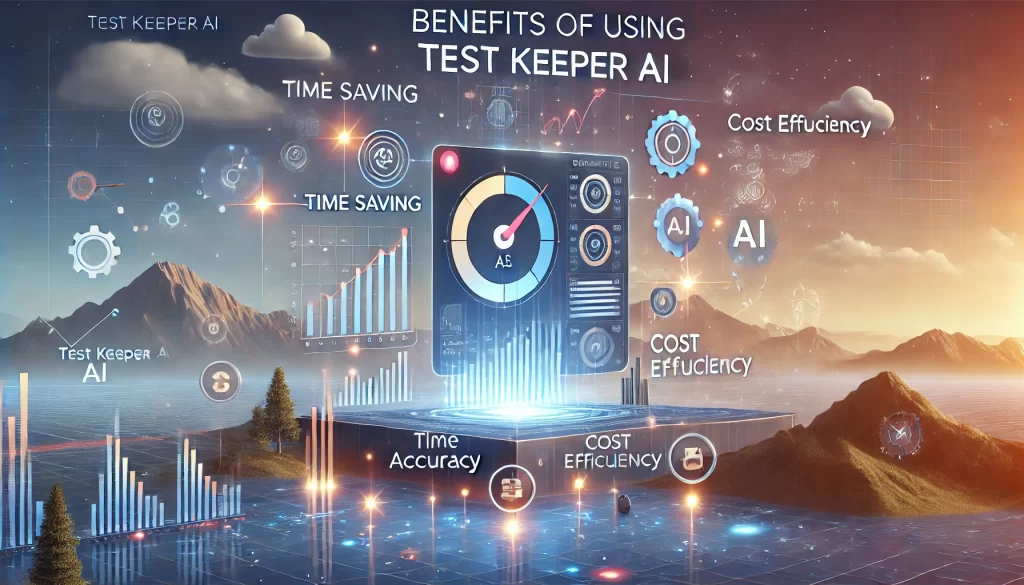
Improved Efficiency
This tool redefines efficiency by automating tedious tasks, allowing testers to focus on complex scenarios. Its error-reduction capabilities improve overall quality assurance workflows.
Scalability
Whether you’re a small startup or an enterprise managing multi-layered projects, Keeper AI scales effortlessly to accommodate your needs. Its ability to handle large volumes of data ensures robust performance.
Cost Savings
Businesses can save significantly on costs by reducing the time spent on manual testing and minimizing errors. It also reduces dependency on an extensive testing team, optimizing resource allocation.
How Standard Test Keeper AI Works
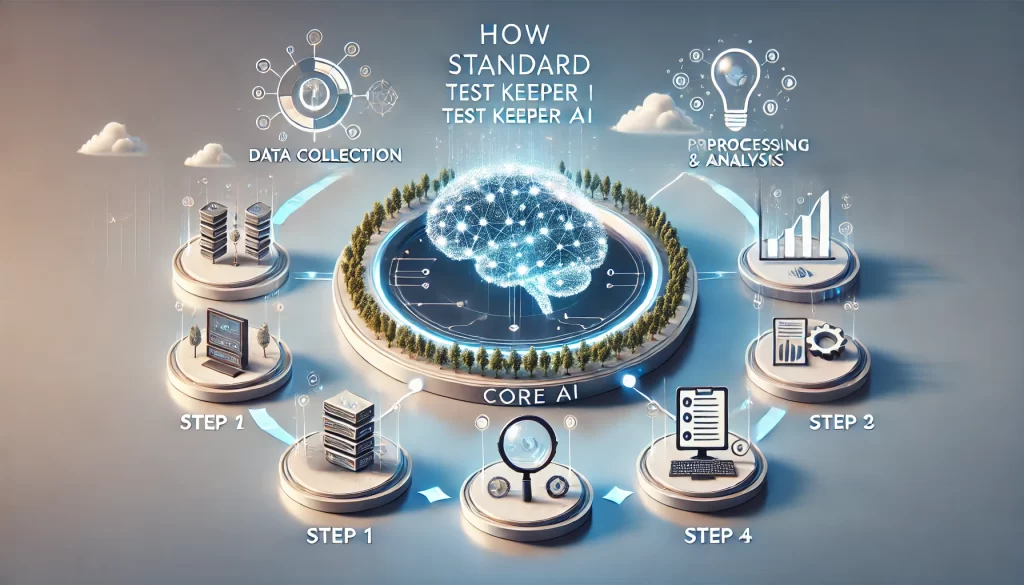
AI-Driven Test Execution
AI automates the test execution by employing machine learning algorithms to optimize test flows. It identifies repetitive and time-consuming tasks, automates their execution, and adapts to patterns in the testing environment for improved results. For instance, it can predict potential bottlenecks in software performance by analyzing past failures. This ability to learn and improve continuously makes it a critical component in modern testing frameworks.
Reporting and Feedback
One of AI’s standout features is generating detailed reports. It provides visual dashboards, charts, and summaries that make identifying issues at a glance easier. Furthermore, the tool offers actionable feedback, suggesting test strategy optimizations and identifying areas requiring additional focus. This feedback loop ensures continuous improvement and helps teams achieve higher quality standards.
Applications of Standard Test AI
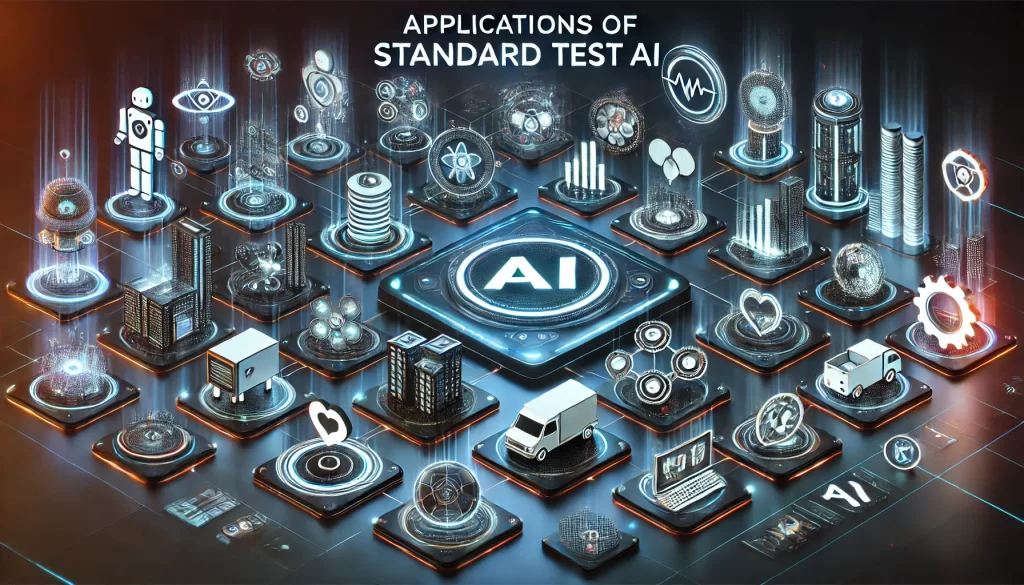
Software Development
AI ensures bug-free delivery in software development by automating unit, integration, and end-to-end testing. Its compatibility with Agile and DevOps workflows enables faster development cycles without compromising quality. For instance, during continuous integration and continuous deployment (CI/CD) pipelines, the tool can automate regression tests, ensuring new updates don’t break existing features.
Product Testing
The use of AI extends to consumer electronics, IoT devices, and other hardware testing domains. Standard Test Keeper AI manages large datasets generated during product testing, ensuring no detail is overlooked. For example, it can test the reliability of a smart home device by simulating various user environments and usage patterns.
E-learning and Certification Platforms
With the rise of online education, testing integrity has become crucial. Keeper AI supports proctoring systems, ensuring that exams are conducted fairly. It also automates grading, reducing educators’ workload and ensuring consistent evaluations.
Challenges and Limitations

Initial Setup Complexity
Implementing Standard Test AI requires significant time and technical expertise. Organizations may face challenges in configuring the tool to suit their unique requirements. However, thorough planning and training can overcome these hurdles.
Dependency on AI
Relying entirely on AI for testing can lead to issues if the tool encounters scenarios it wasn’t trained for. While it reduces manual errors, human oversight remains essential to ensure comprehensive coverage. Combining AI with human expertise provides the best results.
How to Implement Keeper AI
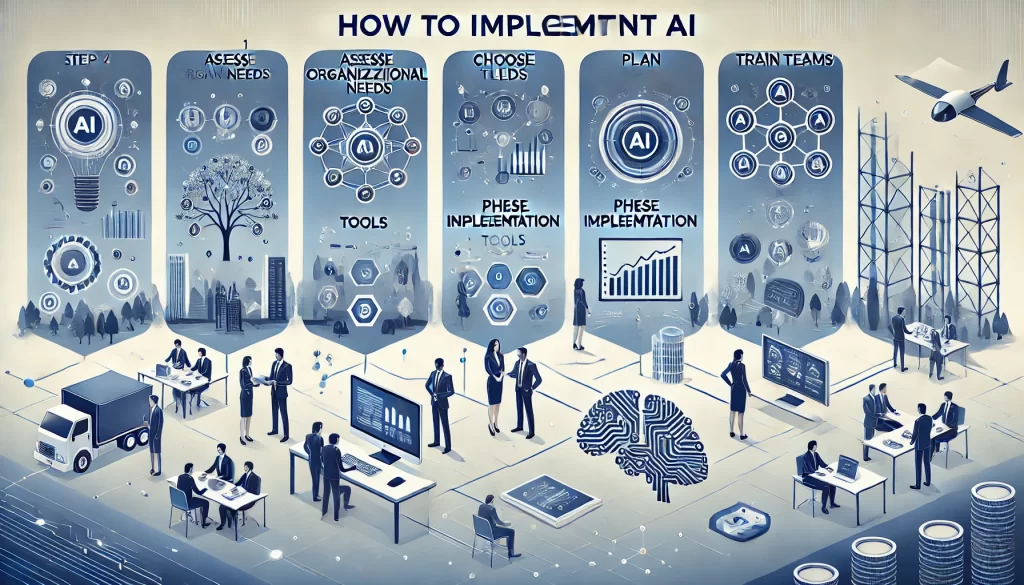
Steps for Successful Implementation
To implement Test Keeper AI:
- Start by assessing your organizational needs.
- Identify the types of tests you conduct frequently and determine the volume of data involved.
- Choose a tool that aligns with your goals and integrates well with your existing testing infrastructure.
- Plan a phased implementation to minimize disruptions.
Training Teams
Introducing any new technology requires team training. Equip your team with the skills to use it effectively. Host workshops, provide hands-on practice sessions, and establish a support system to address challenges. Well-trained teams will unlock this technology’s full potential.
Future of Standard Test AI
Advancements in AI and ML
The future of AI looks promising as advancements in artificial intelligence and machine learning continue to unfold. Features like predictive analytics, which can forecast potential software vulnerabilities before testing begins, will become standard. Additionally, natural language processing (NLP) capabilities allow testers to write test cases in plain English, simplifying the process further.
Expanding Use Cases
Beyond traditional software testing, AI-driven testing tools are finding applications in healthcare, automotive, and finance industries. For instance, AI can simulate thousands of driving conditions in the automotive industry to test autonomous vehicles. The possibilities are vast, and Standard Test Keeper AI is at the forefront of these innovations.
Conclusion
It is transforming the testing landscape by offering unparalleled accuracy, efficiency, and scalability. It bridges the gap between manual and automated testing, allowing teams to deliver high-quality results while saving time and resources. Adopting this technology can provide a competitive edge in an increasingly fast-paced market, whether you’re a small business or an enterprise.


